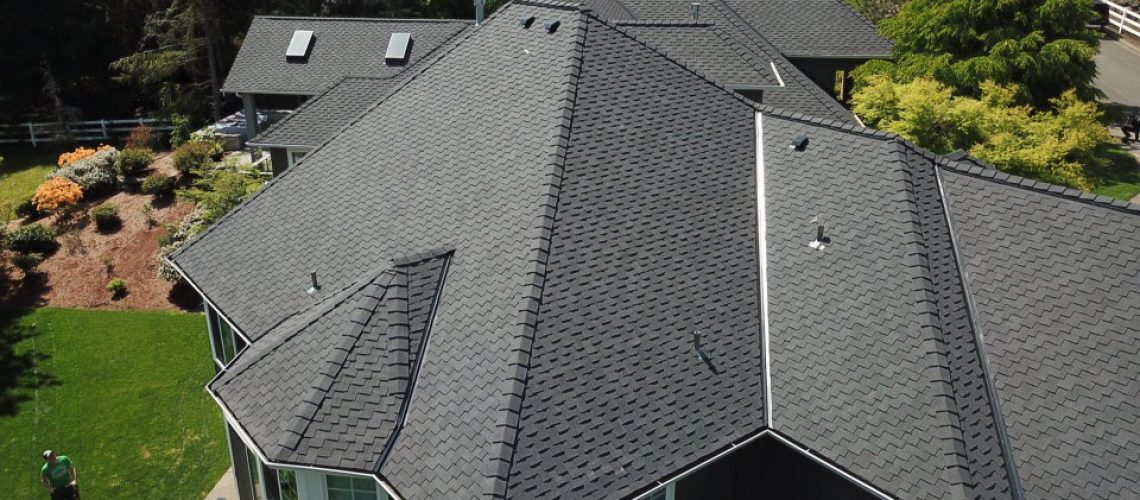Share this article
Share on facebook
Share on google
Share on twitter
Share on print
Share on email

Roof flashing is one of the most critical components of your roof. The main function of your roof is to keep the elements out of your house. The most common element that your roof protects you from (besides the sun) is rain. Modern roofs do a great job and can last many years depending of the roofing material. But every roof is subject to some weak points that are more likely to leak. That’s where flashing comes in.
The most vulnerable points in any roof are joints and penetration. A joint is anywhere that two slopes meet. Valleys and dormers are examples of joints between different slopes. Penetrations are what they sound like, anything that requires a hole in your roof. Common penetrations are vents, chimneys, and skylights.
Anywhere that there is a joint or penetration in your roof, there is an opportunity for water to work its way through your roof and into your home. To prevent this, roofers install flashing in these areas. Flashing is made of materials that are not easily penetrated by water. It serves to redirect water away from the joint and down into the gutters or off the roof. Without flashing, your roof would almost certainly develop leaks over time. But if you have properly installed flashing that is kept in good shape, your chances of a leak are significantly reduced. Here is a brief description of the most common types of roof flashing:
Does my roof need to be replaced? | Should I repair or replace my roof? | How important is having a good roof? | Can I re-roof my house on my own? | Can I add a second layer of shingles to my roof? | How much does a new roof cost? | How much value does a new roof bring to your home? | What is the process for re-roofing my house? | What are the main components of a roofing system? | The importance of having a good roof deck & Do I need to install plywood over shiplap / tongue & groove decking? | Why is the roof underlayment so important? | How important are roof flashings and what are the different types? | Why is attic ventilation essential for a good roofing system? | What types of roofing materials are available and what are the pros and cons of each? | What are the top shingle manufacturers? | How important is the warranty of workmanship and materials? | How long does a new roof last? | How to maximize the life of your roof?
